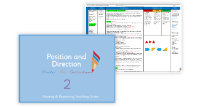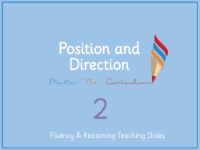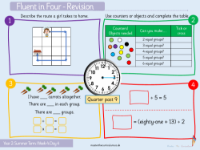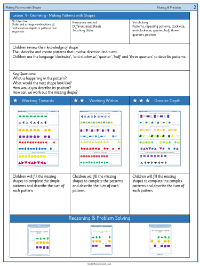Position and direction - Making patterns with shapes - Planning
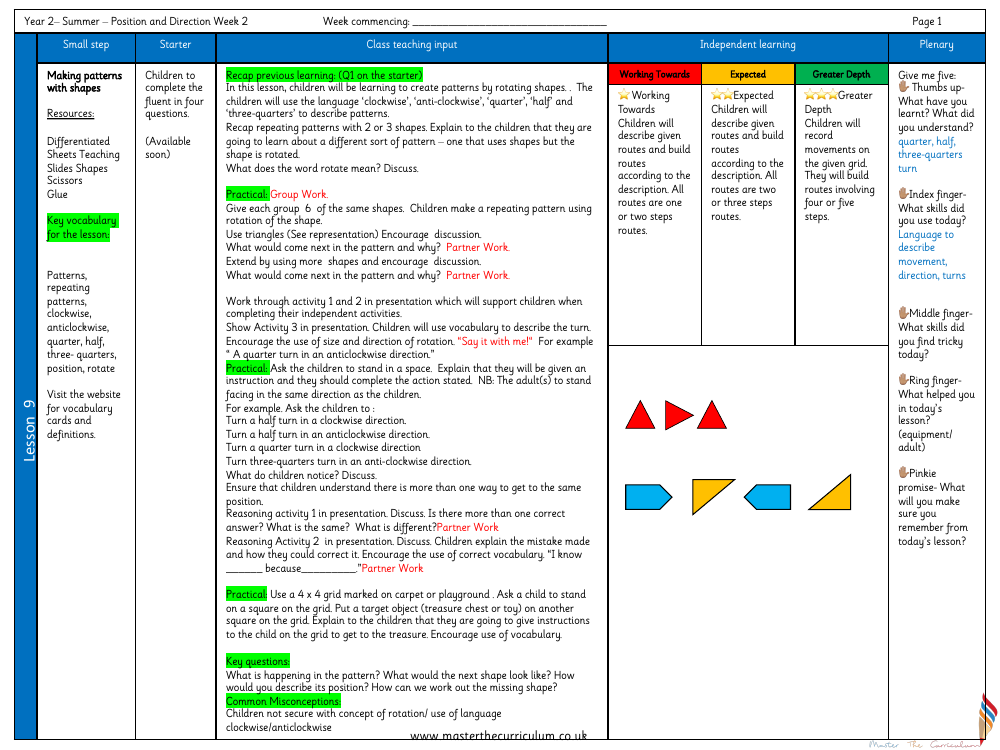
Maths Resource Description
In a Year 2 class focused on position and direction, pupils are set to explore the concept of making patterns with shapes. This lesson is a part of the summer term's curriculum and delves into the use of rotation to create repeating patterns. Children will become familiar with terms such as 'clockwise', 'anticlockwise', 'quarter', 'half', and 'three-quarters', which they will use to describe the orientation and position of shapes. The lesson begins with a recap of repeating patterns and an introduction to rotation, prompting a discussion on what it means to rotate an object. Using practical group work, the children are encouraged to create patterns by rotating shapes, such as triangles, and to predict the next shape in the sequence. They will be supported by differentiated sheets, teaching slides, and hands-on materials like scissors and glue.
As the lesson progresses, children will engage in activities that require them to use their newly learned vocabulary to describe the size and direction of rotations, such as 'a quarter turn in an anticlockwise direction'. They will also participate in physical activities where they perform rotations themselves, helping them to understand the concept of turning and its effects on position. Further reasoning activities will challenge the children to identify errors and correct them using the correct terminology. The lesson culminates in a practical task where children give instructions to navigate a grid to reach a target object, reinforcing the use of directional language. The plenary includes a 'Give me five' reflection activity where children evaluate what they have learned, the skills they have used, and what they found challenging, ensuring they remember key aspects of the lesson. Different levels of achievement are outlined, from describing simple one or two-step routes to recording and building more complex four or five-step routes on a grid.
